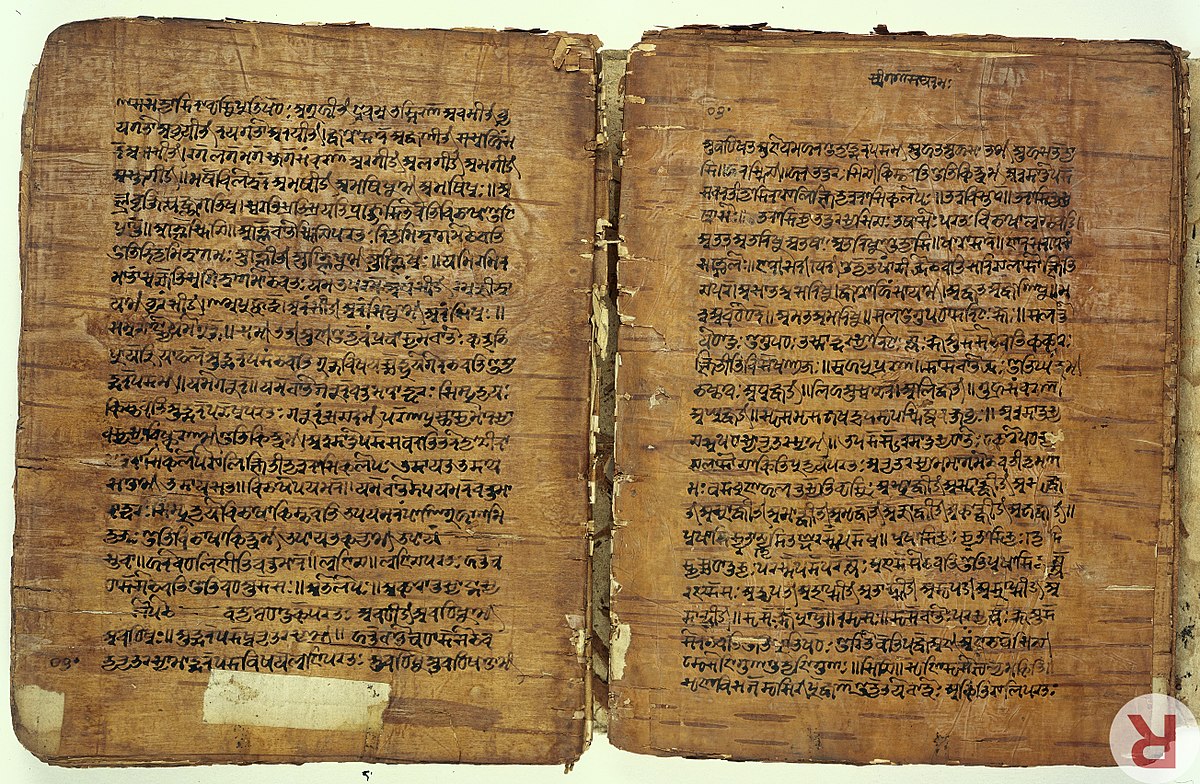You are raising the larger question of .. Can Elves be chemists?
I think that in the case of the Noldor, the answer is an unequivocal yes. They are very familiar with how materials interact. They take great pride in making things. They are known for being pupils of Aulë. They are known to have produced extrordinary things that ancient peoples could not, eg Fëanorian lanterns, artificial gems, etc.
Historically, chemistry is rooted in alchemy. The earliest chemists were also alchemists. So I don't think it will be difficult to portray a brand of "magical chemistry" for our elves to use. Back in Season 2, we discussed the portrayal of magic on our show, and the choice was to have a "both / and" approach, where the audience would not be able to tell, are they doing magic, or doing science? The magic part is rooted in song, of course. For the science part, we focus on using "real" methods and materials. We mostly discussed this in the contexts of: making the Silmarils, making magic swords, and sailing ships. I know that Corey Olsen intends to discuss this again in the context of Lúthien. Maybe in July?
You also are asking about environmental impact. Naturally, I don't think that Elves litter! They care about the world they have to live in, and thus care for it to plan for their own futures. Middle-earth is their home.
While some materials can be harsh, neutralizing them prior to releasing them into the environment will prevent ill effect. Yes, soda ash, or lye, is alkaline. It is used in saponification reactions to make soap. The lye is combined with oil or fat to make soap (and alcohol). I think it extremely likely that elves make soap, and thus they would be aware of the properties of water run through wood ash. Why wouldn't they use this in other processes?
Also, environmental impact is often a matter of scale. Prior to the industrial revolution, there was plenty of environmental impact from humans - deforestation, polluted rivers, etc. Especially near large population areas (eg, the city of London). But most of the issues we face today are a direct result of changes in the past 200 years. The combination of industrialization, aggressive deforestation, and explosive population growth certainly has put a strain on equilibrium in the world's ecosystems. Enough that people are willing to label this time span the "Anthropocene". I do think that the Elves would resist falling into a situation like we face. Their populations are small, and increase slowly. They use wood, but they don't clearcut forests. And they are clever enough to design sanitation for their larger communities - they are not simply dumping raw sewage everywhere! And so, when it comes to industry, their choice is to make things by hand. On a smaller scale. All elf products are "artisanal "

... made by artisans. But since they are serving a relatively small community, small quantities would be sufficient for their needs.
So I am not opposed to Elves using processes that might be considered harsh. We have already established that the Noldor who crossed the Helcaraxë wear furs. Tanning hides is a thing our Elves do. Not all Elves are the same - the Nandor have a radically different culture from the Noldor, after all. But yes - the Noldor are chemists, and quite advanced chemists at that.

















